Electronic tensile testing machine, also known as electronic tensile testing machine, is suitable for testing the tensile, peeling, deformation, tearing, heat sealing, adhesion, puncture force, opening force, low-speed unwinding force and other performance of plastic films, composite materials, adhesives, adhesive tapes, stickers, medical patches, protective films, release papers, backing materials, rubber, paper fibers and other products. As an important component of the instrument, the tension machine fixture requires different fixtures for different materials, which is also an important factor in whether the test can be carried out smoothly and the accuracy of the test results. The electronic tensile testing machine mainly consists of a driving system, a measuring system, a control system, and a safety device.
1、 Drive system
Mainly used for the movement of the crossbeam in tensile testing machines, its principle is controlled by a servo system, which drives the screw to rotate through a series of transmission mechanisms such as a gearbox, thereby controlling the movement of the crossbeam. By changing the motor speed, the movement speed of the crossbeam changes accordingly.
2、 Measurement system
1. Measurement of displacement: using imported photoelectric encoder to induce deformation
2. Measurement of deformation: It is measured through an extensometer, which is used to measure the deformation of the specimen during the testing process. There are two clamps on the electronic tensile testing machine device, which are connected to the photoelectric encoder installed at the top of the measuring device through a series of transmission mechanisms. When the distance between the two clamps changes, it drives the axis of the photoelectric encoder to rotate, and the photoelectric encoder will output a pulse signal, By processing this signal with a microcontroller processor, the shape variables of the sample can be obtained.
3. Force measurement: measurement is achieved through force sensors, amplifiers, and data processing systems. A commonly used force sensor is a strain gauge type sensor. When an external force acts on the sensor, it causes deformation of the internal strain gauge of the sensor, resulting in an unbalanced bridge and causing a change in output voltage. The magnitude of the applied external force can be obtained by measuring the change in output voltage. There are various types of strain gauge sensors both domestically and internationally, mainly including cylindrical, spoke type, S-double hole type, cross beam type, and so on.
4. Measurement of beam displacement: The testing principle is roughly the same as deformation measurement, both of which obtain the displacement of the beam by measuring the output pulse number of the photoelectric encoder.
3、 Control system of tensile testing machine
The system that controls the operation of the tensile testing machine. People can control the operation of the testing machine through the operating table, and the status and various test parameters of the testing machine can be obtained through the display screen. If the equipment is equipped with a computer, the computer can also collect and analyze data, display test data and curves in real time, store test results, automatically complete test reports, and print test results. The communication between the tensile testing machine and the computer generally uses RS232 serial communication method, which communicates through the serial port (COM number) behind the computer. This technology is relatively mature, reliable, and convenient to use.
4、 Safety devices
1. Emergency stop device; Up and down stroke limiting device; Automatic power-off system for leakage current;
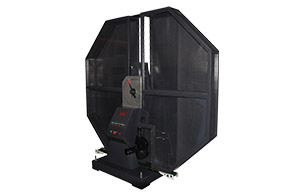 Pendulum impact testing machine
Pendulum impact testing machine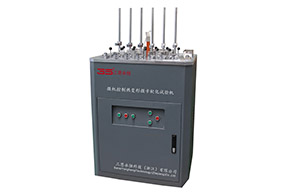 Plastic specific testing machine
Plastic specific testing machine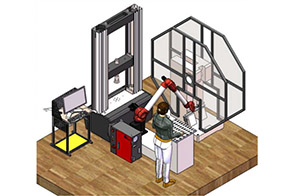 Automated testing plan
Automated testing plan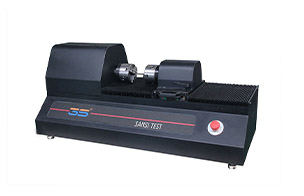 torsion testing machine
torsion testing machine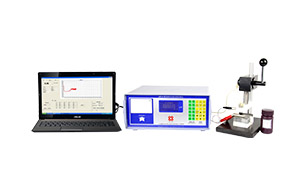 Coulomb thickness gauge
Coulomb thickness gauge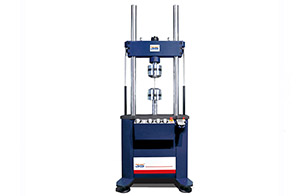 Dynamic fatigue testing machine
Dynamic fatigue testing machine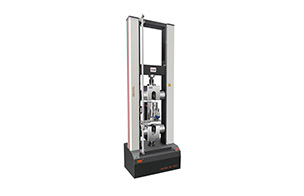 Electronic universal testing machine
Electronic universal testing machine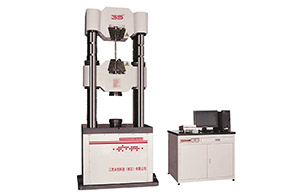 Electro hydraulic servo universal testing machine
Electro hydraulic servo universal testing machine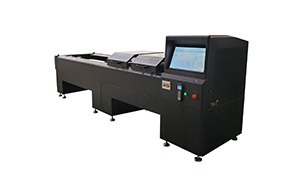 Horizontal tensile testing machine
Horizontal tensile testing machine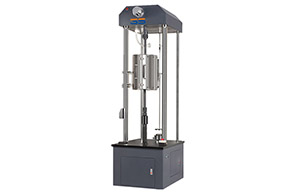 High temperature creep endurance testing machine
High temperature creep endurance testing machine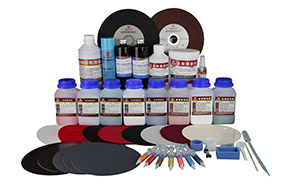 Metallographic auxiliary consumables
Metallographic auxiliary consumables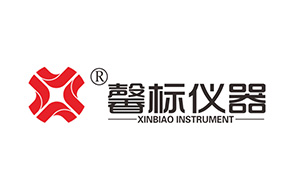 Xinbiao Instrument
Xinbiao Instrument





























